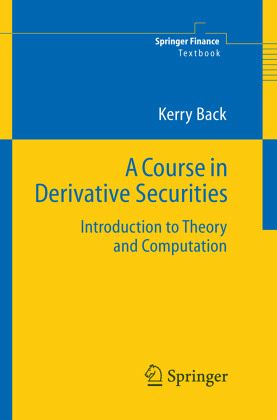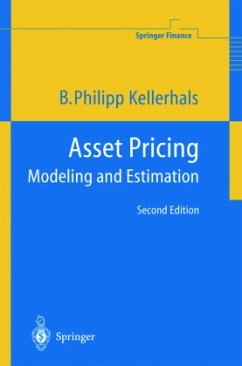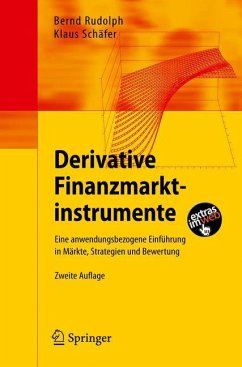
A Course in Derivative Securities
Introduction to Theory and Computation
Versandkostenfrei!
Versandfertig in 1-2 Wochen
64,99 €
inkl. MwSt.
Weitere Ausgaben:

PAYBACK Punkte
32 °P sammeln!
This book aims at a middle ground between the introductory books on derivative securities and those that provide advanced mathematical treatments. It is written for mathematically capable students who have not necessarily had prior exposure to probability theory, stochastic calculus, or computer programming. It provides derivations of pricing and hedging formulas (using the probabilistic change of numeraire technique) for standard options, exchange options, options on forwards and futures, quanto options, exotic options, caps, floors and swaptions, as well as VBA code implementing the formulas. It also contains an introduction to Monte Carlo, binomial models, and finite-difference methods.
This book is an outgrowth of notes compiled by the author while teaching courses for undergraduate and masters/MBA ?nance students at Washi- ton University in St. Louis and the Institut fur ¨ H¨ ohere Studien in Vienna. At onetime,acourseinOptionsandFutureswasconsideredanadvanced?nance elective, but now such a course is nearly mandatory for any ?nance major and is an elective chosen by many non-?nance majors as well. Moreover, students are exposed to derivative securities in courses on Investments, International Finance, Risk Management, Investment Banking, Fixed Income, etc. This - pansion of education in derivative securities mirrors the increased importance of derivative securities in corporate ?nance and investment management. MBA and undergraduate courses typically (and appropriately) focus on the use of derivatives for hedging and speculating. This is su?cient for many students. However, the seller of derivatives, in addition to needing to und- standbuy-sidedemands,isconfrontedwiththeneedtopriceandhedge.Mo- over,thebuyerofderivatives,dependingonthedegreeofcompetitionbetween sellers, may very likely bene?t from some knowledge of pricing as well. It is "pricing and hedging" that is the primary focus of this book. Through lea- ing the fundamentals of pricing and hedging, students also acquire a deeper understanding of the contracts themselves. Hopefully, this book will also be of use to practitioners and for students in Masters of Financial Engineering programs and, to some extent, Ph.D. students in ?nance.














